‘The Last Ball’, a Vision of an Historic Encounter
In the film ‘The Last Ball’ (2019), Yu Araki looks at the relationship between Japan and the West throughout the 19th century.
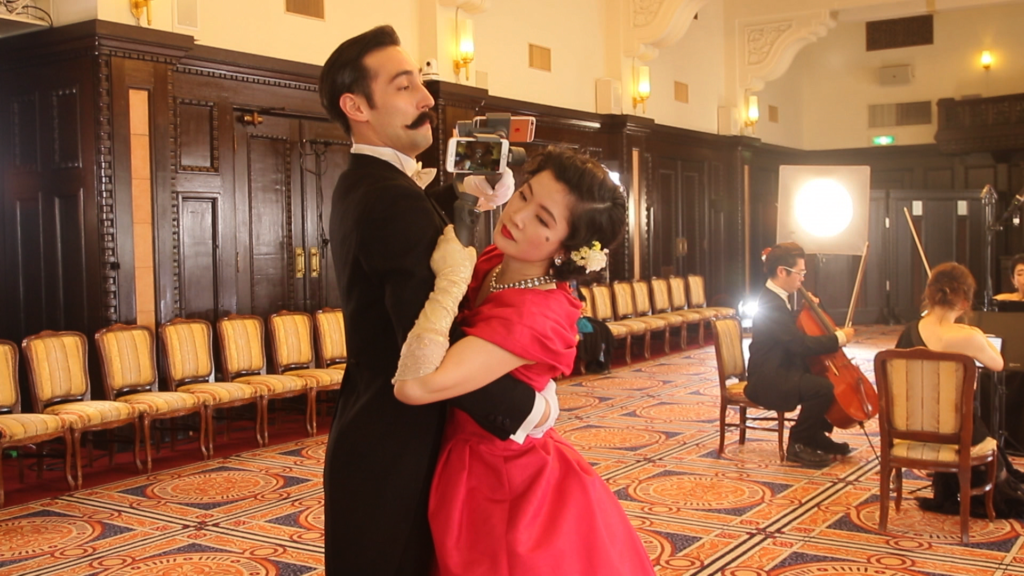
‘The Last Ball’ (2019) - courtesy of the artist and MUJIN-TO Production; Produced by Shiseido Co., Ltd.
In 1889, French author Pierre Loti published Japoneries d’automne, an account of his impressions after returning from several trips to Japan. It is in these pages, and in particular those describing the Rokumeikan in Tokyo—a place where Japanese notables gathered for sumptuous parties and balls—that the artist Yu Araki found inspiration for his video work The Last Ball, screened in 2019.
Born in 1985 in the city of Yamagata, the artist trained in Film and New Media Studies at Tokyo University of the Arts, then in Sculpture at the Sam Fox School of Design & Visual Arts, Washington University in Saint Louis, in the USA. He is now based in Tokyo. In 2019, The Last Ball saw him shortlisted for the prestigious Future Generation Art Prize.
Western culture influencing the Japanese elite
For The Last Ball, Yu Araki decides to cross cultures, drawing on a text, published a few years after Pierre Loti’s, by Japanese author Ryunosuke Akutagawa. The latter praises everything that was described as in bad taste by the French author. While the Rokumeikan embodies the influence of Western culture on the Japanese elite from the end of the 19th century—the building was demolished in 1941—Yu Araki draws inspiration from the visions and ways of seeing of the two authors to illustrate, through a ballroom scene, the confrontation between the eyes of the East and the West.
As journalist John L. Tran describes in the Japan Times, in a text published for the exhibition Yu Araki: Le Souvenir Du Japon at Shiseido Gallery, while the scene described by Pierre Loti ‘is not unsympathetic, overall, to Japanese culture… Loti trash talks the tackiness of the building, and the out-of-fashion and ill-fitting clothes that the Japanese guests are wearing.’
The disturbing and offbeat video, broadcast on three channels, features Pierre Loti and his dance partner, but the viewer’s gaze is quickly intrigued by the smartphones and selfie sticks held by the actors—symbols of today’s globalised society. Which habits and customs are universal, we wonder? The videos from these phones overlay larger shots in an amalgamation of looks and perspectives. The melodramatic and captivating result opens the way for a broader reflection on contemporary cultural coexistence.
This work speaks to a broader theme favoured by Yu Araki—the relationship between sound, image, and self. In 2018, he released the short film Mountain Plain Mountain in collaboration with the director Daniel Jacoby, immersing spectators in the world of Obihiro horses in Japan, giving particular attention to the passage of time through the voices of commentators.
The Last Ball (2019), is a video by Yu Araki. Hi work can be found on his website.
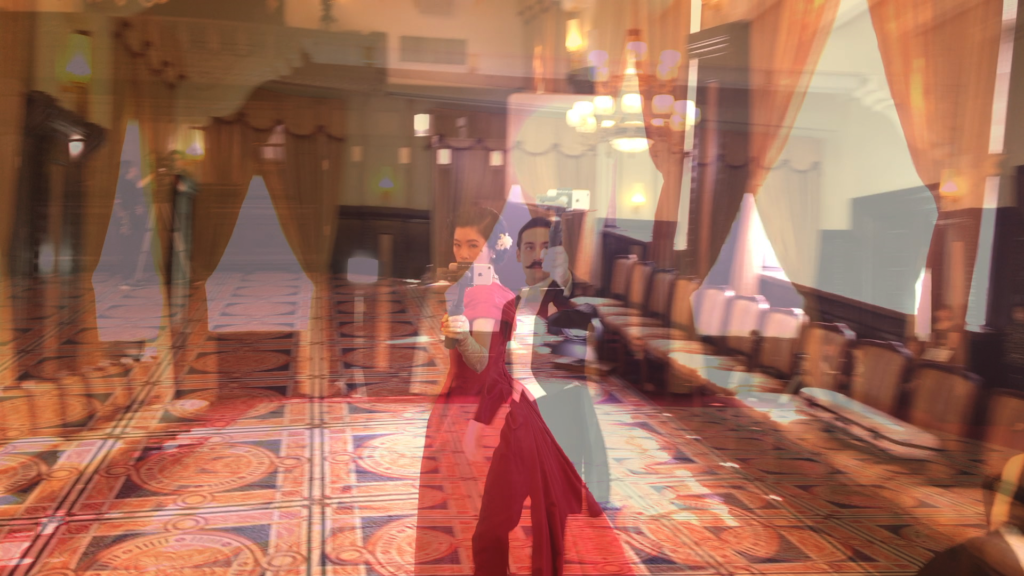
‘The Last Ball’ (2019) - courtesy of the artist and MUJIN-TO Production; Produced by Shiseido Co., Ltd.
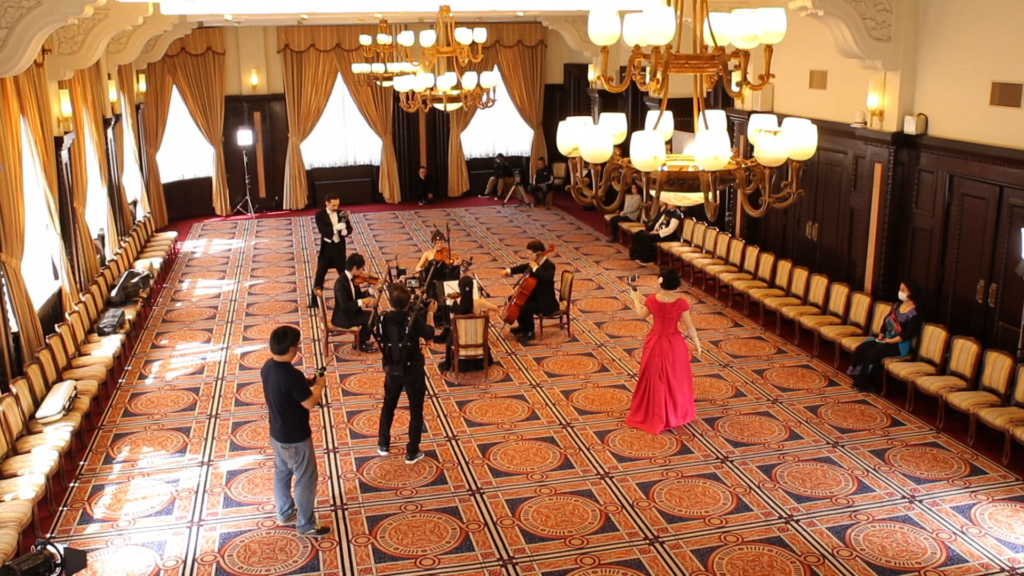
‘The Last Ball’ (2019) - courtesy of the artist and MUJIN-TO Production; Produced by Shiseido Co., Ltd.
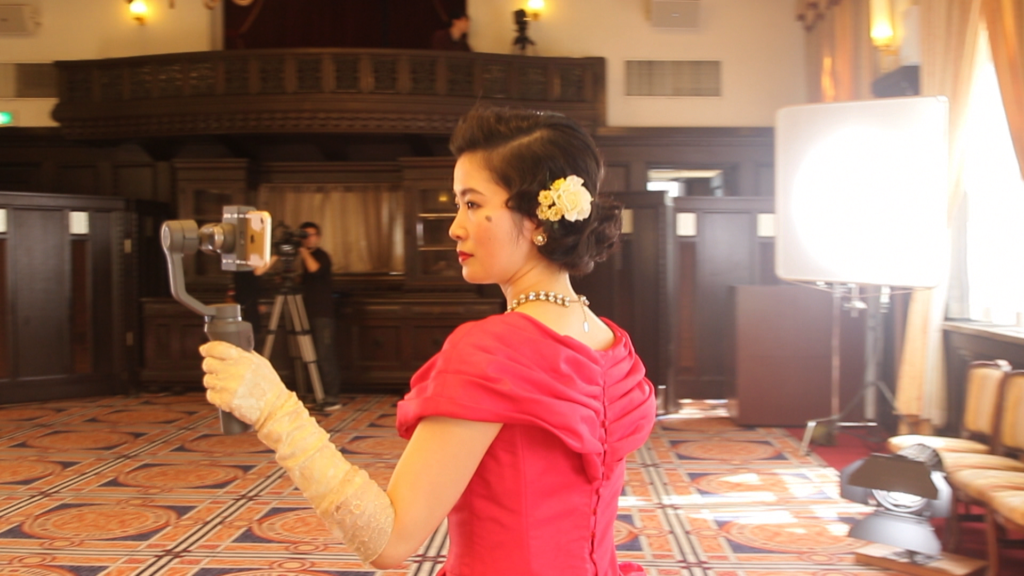
‘The Last Ball’ (2019) - courtesy of the artist and MUJIN-TO Production; Produced by Shiseido Co., Ltd.
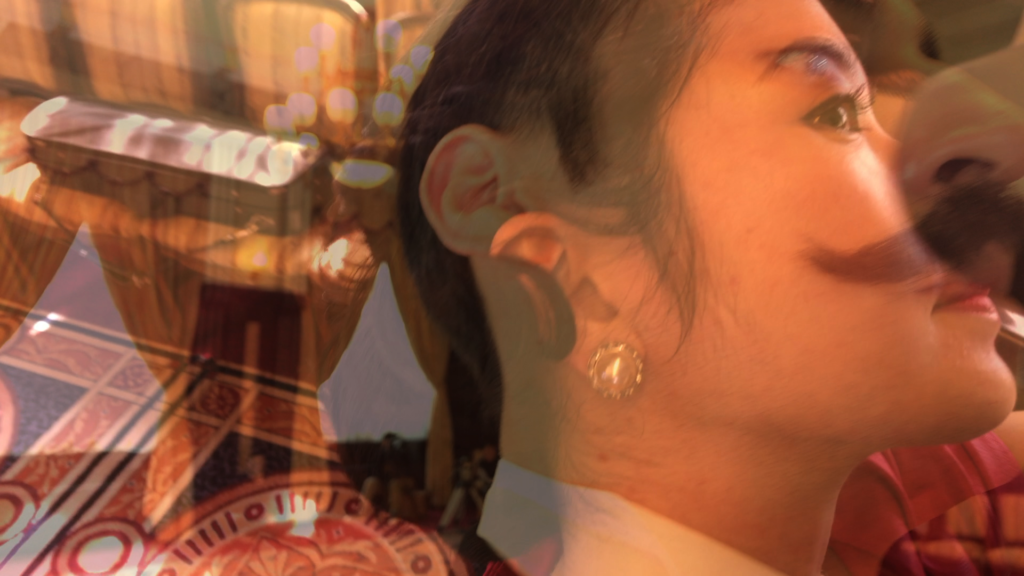
‘The Last Ball’ (2019) - courtesy of the artist and MUJIN-TO Production; Produced by Shiseido Co., Ltd.
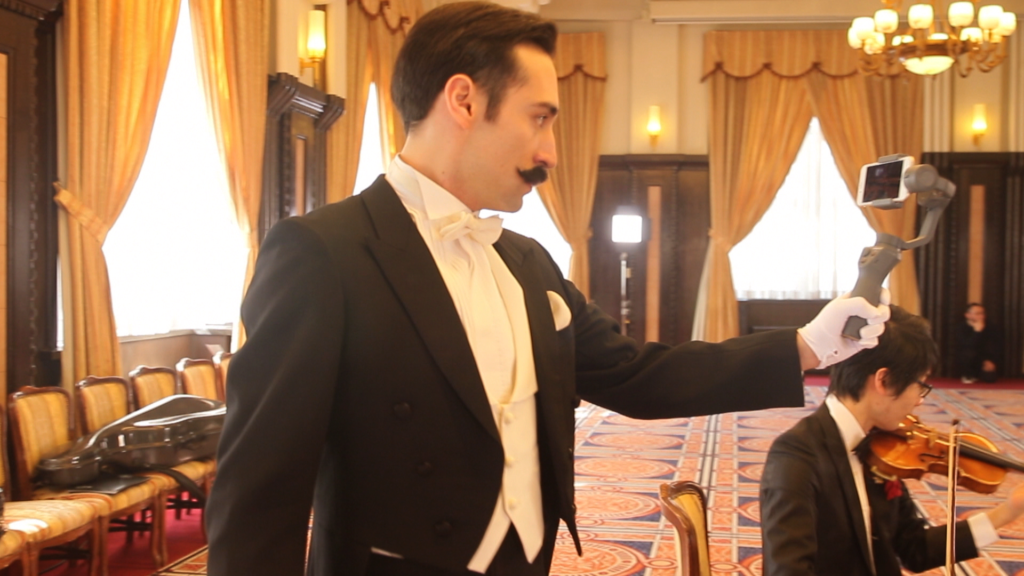
‘The Last Ball’ (2019) - courtesy of the artist and MUJIN-TO Production; Produced by Shiseido Co., Ltd.
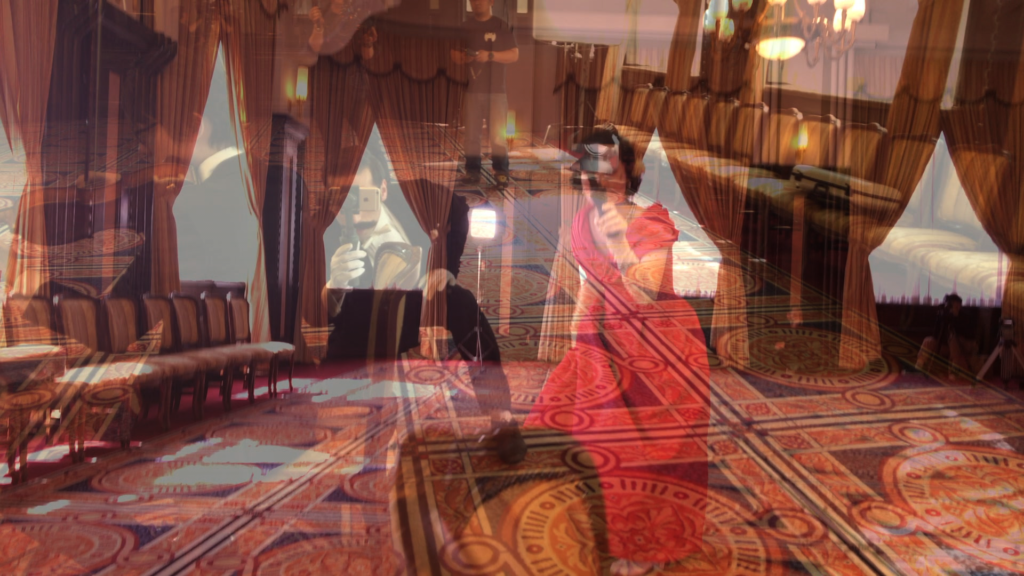
‘The Last Ball’ (2019) - courtesy of the artist and MUJIN-TO Production; Produced by Shiseido Co., Ltd.
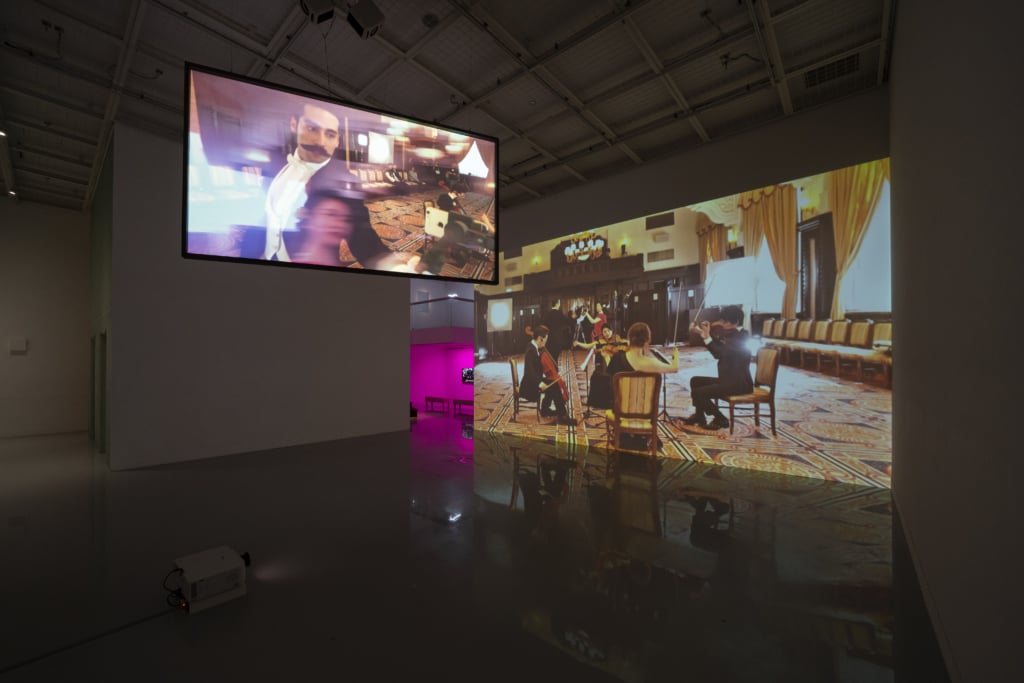
Installation view at Shiseido Gallery, Tokyo, Japan. Photo: Ken Kato
TRENDING
-
Gashadokuro, the Legend of the Starving Skeleton
This mythical creature, with a thirst for blood and revenge, has been a fearsome presence in Japanese popular culture for centuries.

-
The Tattoos that Marked the Criminals of the Edo Period
Traditional tattoos were strong signifiers; murderers had head tattoos, while theft might result in an arm tattoo.

-
The Tradition of the Black Eggs of Mount Hakone
In the volcanic valley of Owakudani, curious looking black eggs with beneficial properties are cooked in the sulphurous waters.

-
Colour Photos of Yakuza Tattoos from the Meiji Period
19th-century photographs have captured the usually hidden tattoos that covered the bodies of the members of Japanese organised crime gangs.

-
Recipe for Ichiraku Ramen from ‘Naruto’ by Danielle Baghernejad
Taken from the popular manga with the character of the same name who loves ramen, this dish is named after the hero's favourite restaurant.





